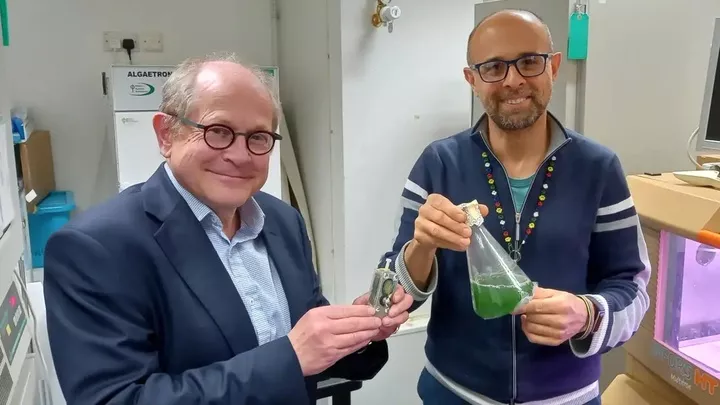
From February 2021 to August 2021, a computer device was placed near the window of the home of Paolo Bombelli, a biochemist at the University of Cambridge, but unlike common computers, this device was not powered by electricity fed to the grid, but by batteries made of algae.
This particular biophotovoltaic cell has a plastic and steel shell, about the size of an AA battery, and an aluminum anode. It is an algae called "Synechocystis sp. PCC 6803", a cyanobacterium of the genus Synechocystis, that is responsible for generating electricity.
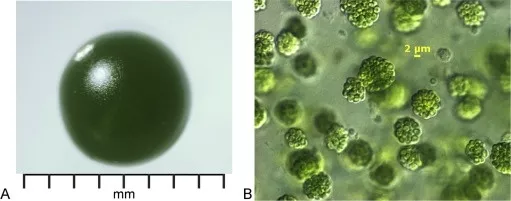
▲Image from: ScienceDirect
The characteristic of this cyanobacterium is that it can rely on photosynthesis for production during periods of light, and will produce excess nutrients in the presence of light and continue to sustain itself through these excess nutrients when the environment becomes dark.
The "cyanobacterial cell" is connected to an Arm Cortex-M0+ microprocessor, whose tiny silicon area, low power consumption and minimal code footprint allow developers to achieve 32-bit performance at an 8-bit price, which is itself quite energy efficient.
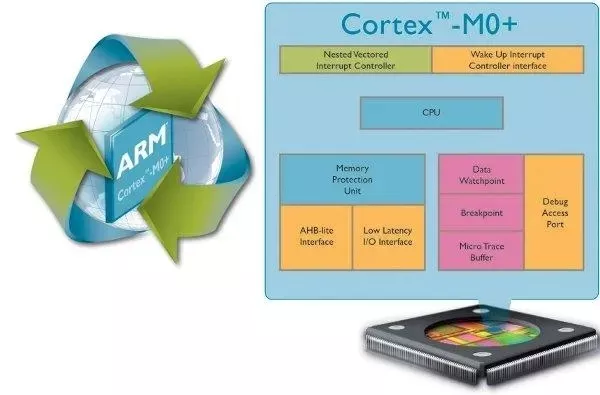
▲Image from: Engadget
The processor, programmed to check its work after a series of calculations, used the cyanobacteria unit as its sole power source for several months. The processor runs on a 45-minute cycle of calculating consecutive integer sums to simulate a computational workload, requiring 0.3 microwatts of power; the subsequent 15 minutes of standby time requires 0.24 microwatts of power.
There are two hypotheses as to why the 'cyanobacterial cell' produces electricity, including Paolo Bombelli's team's hypothesis that the 'electrochemical model', in which microorganisms create the right conditions for the aluminum anode to oxidize or release electrons, then generates electricity, and the 'bioelectrochemical model', in which the cyanobacteria themselves produce electrons, which are transferred through the bacterial membrane to the aluminum anode, thus generating electricity.
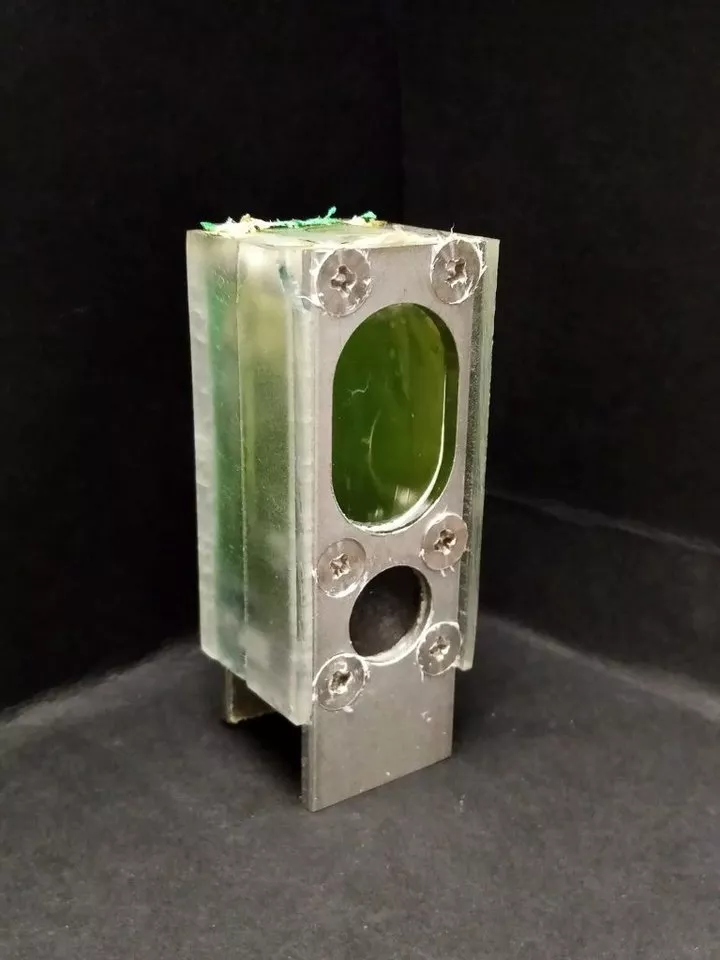
▲ Photo by: Paolo Bombelli
Since the researchers found no significant changes in the aluminum anode during the experiment, the 'bioelectrochemical model' is considered more likely. That is, the current was generated by the cyanobacteria themselves.
Although the processor did not require much energy, the 'cyanobacterial battery' also maintained it without disconnection for six months of the experiment, and the cyanobacteria continued to generate electricity even after the microprocessor had been disconnected at the end of the experiment.
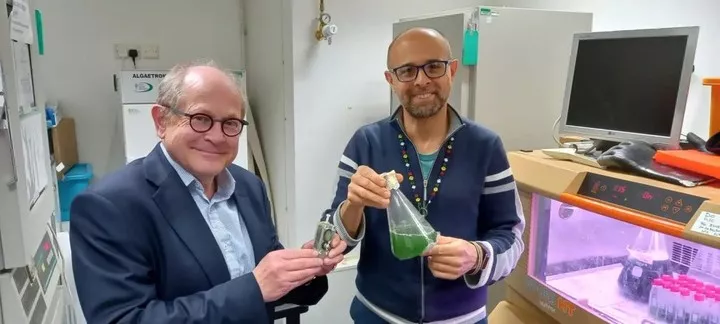
▲ Chris Howe (left) and Paolo Bombelli (right) of the research team, image from: University of Cambridge
The microprocessor Arm Cortex M0+ has a wide range of applications, either in processors in the Internet of Things, artificial intelligence or machine learning, or in sensing in wearable devices ......
Of course, the 'cyanobacteria battery' does not provide a lot of power, but it is 'useful' in scenarios where only a small amount of power is needed, such as in a sensor, or to charge a mobile phone. For people in rural areas or low-income countries, this could be another source of electricity.
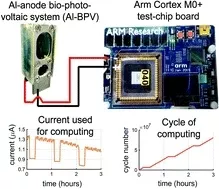
▲Image from: Energy & Environmental Science
What's more, the simple construction and environmentally sustainable nature of this bio-based battery gives a new direction to the development of electricity, without the need for resources facing shortage crisis such as rare earth elements and lithium in most power supply devices today, it can generate electricity continuously with just sunlight and water.